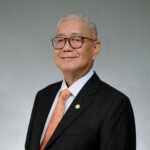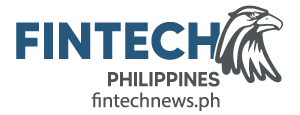
Digital Banks Navigate Lending Challenges Amid Deposits Growth, BSP Reports
by Fintech News Philippines December 13, 2023The Bangko Sentral ng Pilipinas (BSP) has recognised challenges faced by digital banks in lending and payment collection. BSP Governor Eli M. Remolona, Jr. highlighted the struggles these online banks face in effectively managing loans, despite their success in amassing deposits.

Eli Remolona
Governor Remolona emphasised during the Philippine economic briefing in Iloilo City, that digital banking remains an experimental endeavour within the regulatory sandbox, a testing ground designed to nurture innovation whilst minimising risks.
“Digital banking is one of those in the sandbox. We’ve issued six licenses. These guys are actually very successful in collecting deposits just online. (But) they’re still struggling with figuring out how to make loans. That’s the hard part. That’s why they’re still in a sandbox,”
commented Governor Remolona.
This cautious stance follows the BSP’s 2021 decision to halt the issuance of new digital banking licences, aiming to better oversee the sector’s growth and ensure fair competition among the six licensed digital banks: Tonik Digital Bank, GoTyme Bank, Maya Bank, Overseas Filipino Bank, UNObank, and UnionDigital Bank.
The focus on digital-first banks is among a number of areas where regulators in the country have been nurturing fintech innovation to realise financial inclusion objectives. These digital-first business models come with evolving standards and rules, and are making progress in cutting down the number of unbanked and underbanked individuals in the Philippines, as detailed in the comprehensive Fintech Philippines Report 2023.
Expressing his insights in both English and Filipino, the BSP Governor noted that while managing deposits is comparatively straightforward for digital banks, the lending aspect, particularly ensuring repayment, often necessitates human involvement in the Philippines. This challenge is mirrored in the higher non-performing loan (NPL) ratio of digital banks, which was recorded at 8.46% as of September, significantly above the national banking average of 3.4%.
“Lending through digital means is hard. According to some of these banks, collecting or asking borrowers to repay their loans still needs to be done through a person or a firm. It can’t be done purely through online platforms,”
Governor Remolona added.
Despite these challenges, the total assets of the digital banking sector in the Philippines reached P82.29 billion in the first nine months of the year, with a slight uptick in NPLs recorded at P2.49 billion by the end of September. Fitch Ratings, a global credit rating agency, has suggested that digital banks might face stiff competition from traditional banks with physical presences in the medium term.
However, the central bank expects the robust economic growth of the Philippines to bolster borrowers’ repayment capacities, benefiting both digital and traditional banks in the forthcoming years.
Featured image credit: BSP Governor Eli M. Remolona, Jr. — BANGKO SENTRAL NG PILIPINAS








